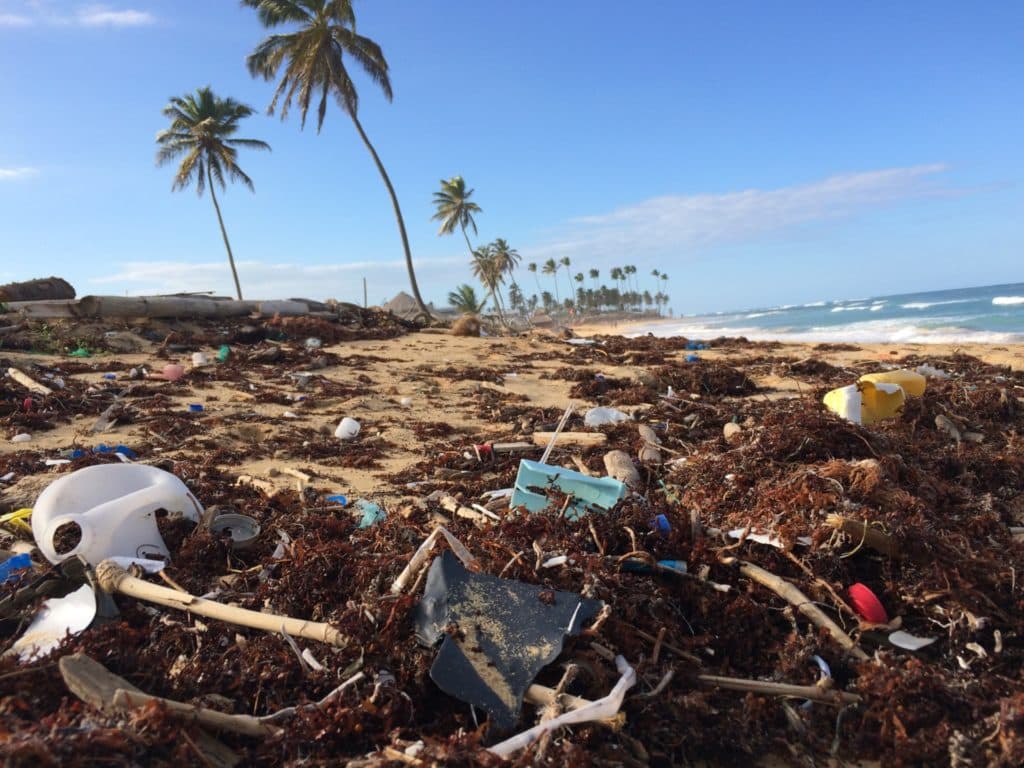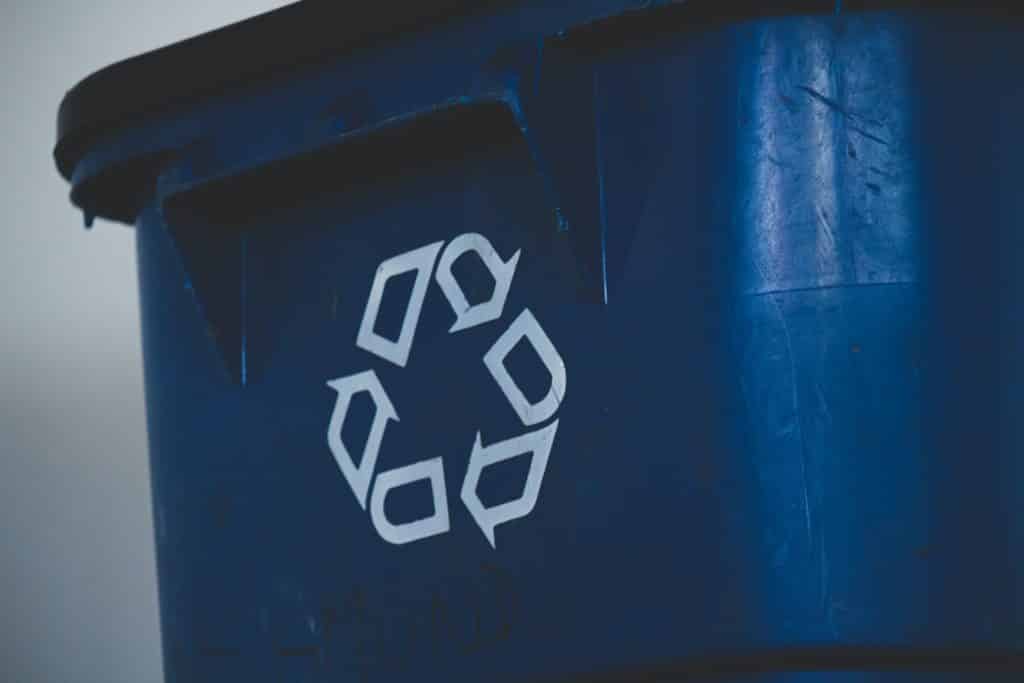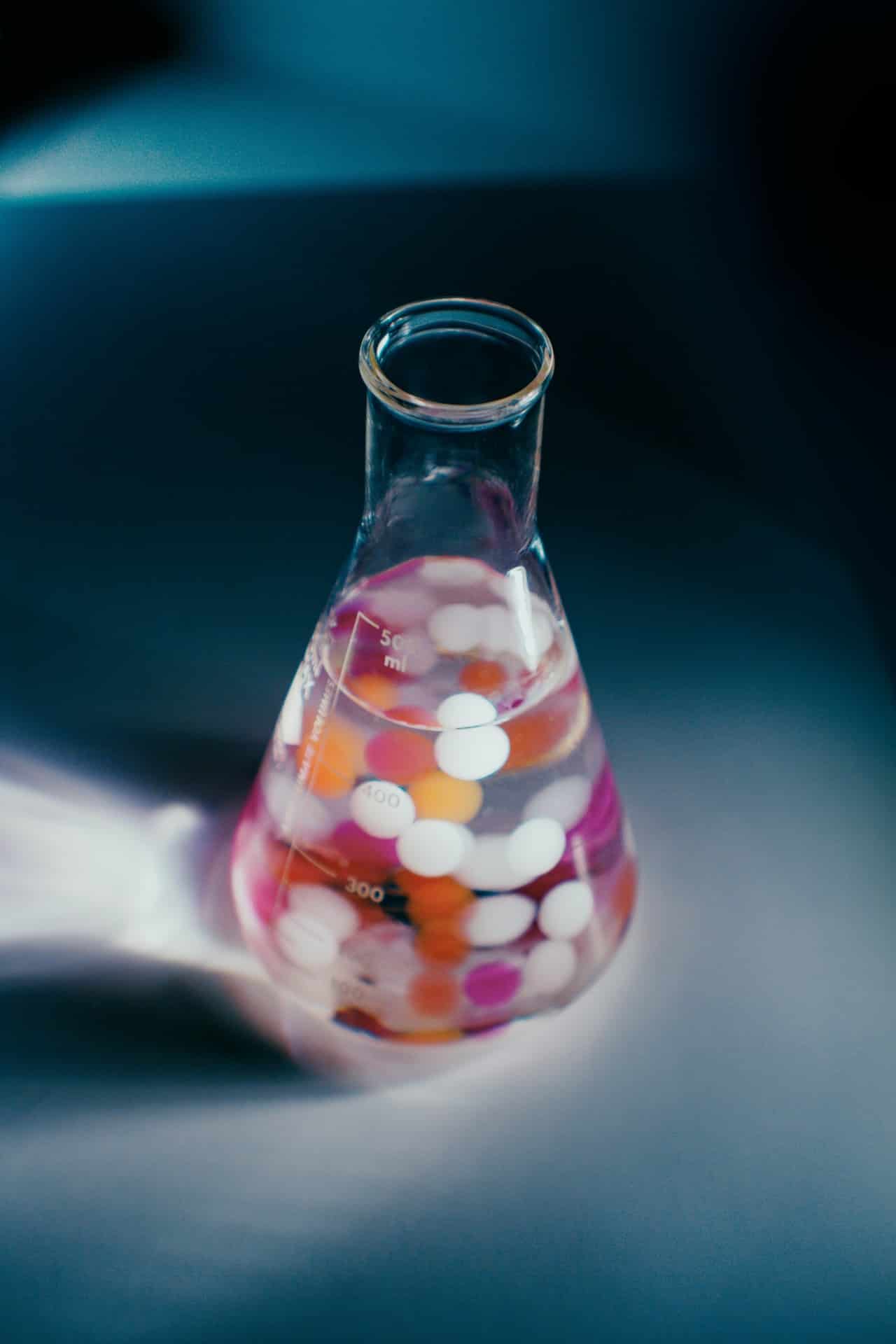Toward a (Quasi-)Ban of Microplastics in Cosmetic Products

ECHA, the European Chemical Agency, released its conclusions to the European Commission on the future restriction of microplastics in the EU. The proposed restriction, yet to be approved by the Commission, is expected to impact the cosmetics industry. An adoption of this new piece of legislation may take place as early as end of 2021 but more likely in 2022. Transition periods are granted except for microbeads (exfoliating microplastic) in cosmetics, which will get banned as soon as the Regulation is enforced.
Microplastic & Environmental Challenges

Plastics make our lives easier in many ways and are often lighter or cost less than alternative materials. However, if they are not properly disposed of or recycled, they may end up in the environment where they stay for centuries and degrade into smaller and smaller pieces. These small pieces (typically smaller than 5 mm) are called microplastics and they are of concern.
Microplastics are solid plastic particles composed of mixtures of polymers and functional additives. Microplastics can be unintentionally formed or deliberately manufactured and added to products for specific purposes, such as exfoliating beads in facial or body scrubs (microbeads) or decorative glitters in make-up products.
Overall, around 145,000 tons of microplastics are estimated to be used in the EU each year and around 42,000 tons of them end up in the environment. The ECHA proposal is expected to prevent the release of 500,000 tons of microplastics over 20 years.
Proposed Restriction

If the legislation is adopted, the concentration of a microplastic in a mixture to be placed on the EU market shall not exceed 0.01% w/w. In the context of this restriction (which is roughly equivalent to a ban), 4 criteria are used to determine whether or not a material qualifies as a microplastic:
- Synthetic polymer
- Non-biodegradable polymers (which include but are not limited to plastics) fall within the scope of this restriction.
- Polymers that occur in nature (e.g. cellulose or starch) are considered to be inherently (bio)degradable in the environment and, therefore, fall out of the scope of the microplastic definition.
- Polymers that are (bio)degradable fall out of the scope of the microplastic definition.
- Polymers not containing any carbon in their chemical structure fall out of the scope of the microplastic definition.
- Solid state
- Only solid polymers fall within the scope of the microplastic definition.
- Liquids and gases fall out of the scope of the microplastic definition.
- Polymers with a solubility > 2 g/L fall out of the scope of the microplastic definition.
- Particle morphology
- The microplastics concern is associated with particles. Only “minute pieces of matter with defined physical boundaries” fall within the scope of the microplastic definition.
- Single molecules are not particles and fall out of the scope of the microplastic definition.
- Dimensions
- Only particles containing solid polymer where ≥ 1% w/w of particles have (i) all dimensions 1 nm ≤ x ≤ 5 mm, or (ii) a length of 3 nm ≤ x ≤ 15 mm and length to diameter ratio of >3 fall within the scope of this restriction.
- Practically speaking, and at least temporarily, the lower size limit for the conditions of the restriction would be increased to 100 nm.
- Larger particles can be collected by water treatment plants and other purification systems and, therefore, fall out of the scope of the microplastic definition.
One derogation would exist and pertain to the cosmetic sector. This means that even though a material qualifies as a microplastic, the restriction would not apply: the “5b Derogation”[1]. In practice, this provision would derogate film-forming functions of microplastics in cosmetic products since the microplastic particles cease to exist at the point of use (e.g. they ‘dissolve’, ‘merge’ or permanently ‘swell’ in contact with water to such an extent that they can no longer be considered to be particles as they have lost their interface or exceed the relevant size dimensions).
Though, this derogation would come with specific labeling and reporting obligations (see below). Therefore, phasing out the use of polymers (see Annex II) in cosmetic products may be an option to be considered by some cosmetic brands.
Impact of the Proposed Restriction

The restriction would mainly impact the cosmetics industry via microbeads (microplastic with abrasive properties used to exfoliate), glitters, and encapsulated fragrances. Dissolved polymers, natural polymers, and generally speaking biodegradable polymers or polymers not under the form of microplastics at the point of use are out of scope of this proposed restriction.
For some functions, it is difficult to determine a priori whether or not the polymer is a microplastic eligible to “5b Derogation”. Furthermore, ECHA acknowledges that simply by looking at the INCI name of an ingredient it would not be possible to conclude if a polymer is a microplastic or not. It is largely under the responsibility of raw material suppliers to provide this information and under the responsibility of cosmetic brands to stay vigilant about what they use.
Labeling Obligations
If the legislation is adopted, any supplier of a substance or mixture containing a microplastic eligible to “5b Derogation” would have to ensure that, where applicable, either the label and/or Safety Data Sheet (SDS) and/or “instructions for use” and/or “package leaflet” provides, in addition to that required by other relevant legislation, any relevant instructions for use to avoid releases of microplastic to the environment, including at the waste life-cycle stage. The instructions shall be clearly visible, legible, indelible, and possibly take the form of pictograms.

This requirement would apply both to the manufacturer of microplastics, the industrial downstream user of this microplastic and the final downstream user (the cosmetic brand if it is located in the EU or its EU importer otherwise).
Reporting Obligations

If the legislation is adopted, substances or mixtures containing microplastics for use at industrial sites (located in the EU) would be subject to annual reporting obligations in accordance with Article 111 of the REACH Regulation (EC No 1907/2006). The information that would need to be reported can be summarized as follows:
- A description of the use(s) of microplastic in the previous calendar year,
- For each use, generic information on the identity of the polymer(s) used,
- For each use, an estimate of the quantity of microplastics released to the environment in the previous calendar year.
Furthermore, any supplier placing a microplastic eligible to “5b Derogation” would have to send to ECHA in the format required by Article 111 of REACH, by 31 January of each calendar year:
- A description of the intended end use(s) of microplastic placed on the market in the previous calendar year,
- For each intended end use, generic information on the identity of the polymer(s) placed on the market,
- For each intended end use, an estimate of the quantity of microplastics released to the environment in the previous calendar year.
The ECHA Socio-Economic Analysis Committee recognized that the reporting obligation could be disproportionate for small companies, placing small volumes of microplastics on the EU Market. Therefore, exemptions may be granted by the European Commission in its regulatory proposal.
Transition Periods
Three distinct transition periods have been proposed at the ECHA level to manage the implementation of the restriction proposal. These transition periods would start at the time the regulation gets adopted:

- No transition period for cosmetic products containing microbeads. This absence of transition period is in line with a number of national provisions already enforced in the EU and prohibiting microbeads in cosmetics since 2018, 2019 or 2020.
- 4 years of transition period for rinse-off cosmetic products (containing microplastics but no microbeads).
- 6 years of transition period for leave-on cosmetic products (containing microplastics but not microbeads).
Furthermore, specific transition periods would apply to the labeling and reporting requirements:
- 2 years to apply the labeling obligations
- 3 years to apply the reporting obligations
Next Steps
- A regulatory proposal could be issued as early as May 2021.
- Discussions will take place in the course of 2021 and a vote may occur by September.
- The adoption of the Regulation may take place as early as end of 2021 but more likely in 2022. The transition periods would start at the time of the Regulation adoption.
We hope that this letter will be of help. Don’t hesitate to contact us for more info.
Author : Dr. Frédéric Lebreux
Annex I: References
ECHA Microplastics page
https://echa.europa.eu/hot-topics/microplastics
Annex XV Restriction Report
https://echa.europa.eu/documents/10162/05bd96e3-b969-0a7c-c6d0-441182893720
Final ECHA Risk Assessment Committee and ECHA Socio-Economic Analysis Committee Opinion
https://echa.europa.eu/documents/10162/a513b793-dd84-d83a-9c06-e7a11580f366
ECHA Q&A December 2020
ECHA Registry of Restriction Intentions Until Outcome
https://echa.europa.eu/registry-of-restriction-intentions/-/dislist/details/0b0236e18244cd73
Annex II: Non exhaustive list of polymers that may qualify as microplastics and possibly subject to restriction
| Polymer | Function |
| Nylon-12 (polyamide-12) | Bulking, viscosity controlling, opacifying (e.g. wrinkle creams) |
| Nylon-6 | Bulking agent, viscosity controlling |
| Poly(butylene terephthalate | Film formation, viscosity controlling |
| Poly(ethylene isoterephthalate | Bulking agent |
| Poly(ethylene terephthalate) | Adhesive, film formation, hair fixative; viscosity controlling, aesthetic agent, (e.g. glitters in bubble bath, makeup) |
| Poly(methyl methylacrylate) | Sorbent for delivery of active ingredients |
| Poly(pentaerythrityl terephthalate) | Film formation |
| Poly(propylene terephthalate) | Emulsion stabilizing, skin conditioning |
| Polyethylene | Abrasive, film forming, viscosity controlling, binder for powders |
| Polypropylene | Bulking agent, viscosity increasing agent |
| Polystyrene | Film formation |
| Polytetrafluoroethylene (Teflon) | Bulking agent, slip modifier, binding agent, skin conditioner |
| Polyurethane | Film formation (e.g. facial masks, sunscreen, mascara) |
| Polyacrylate | Viscosity controlling |
| Acrylates copolymer | Binder, hair fixative, film formation, suspending agent |
| Allyl stearate/vinyl acetate copolymers | Film formation, hair fixative |
| Ethylene/methylacrylate copolymer | Film formation |
| Ethylene/acrylate copolymer | Film formation in waterproof sunscreen, gellant (e.g. lipstick, stick products, hand creams) |
| Butylene/ethylene/styrene copolymer | Viscosity controlling |
| Styrene acrylates copolymer | Aesthetic, coloured microspheres (e.g. makeup) |
| Trimethylsiloxysilicate (silicone resin) | Film formation (e.g. colour cosmetics, skin care, sun care) |
[1] “Substances or mixtures containing microplastic where the physical properties of the microplastic are permanently modified during end use, such that the polymers no longer fulfil the meaning of a microplastic given in paragraph 2(a)”. Temporary loss of microplastic form is not intended to be derogated.


